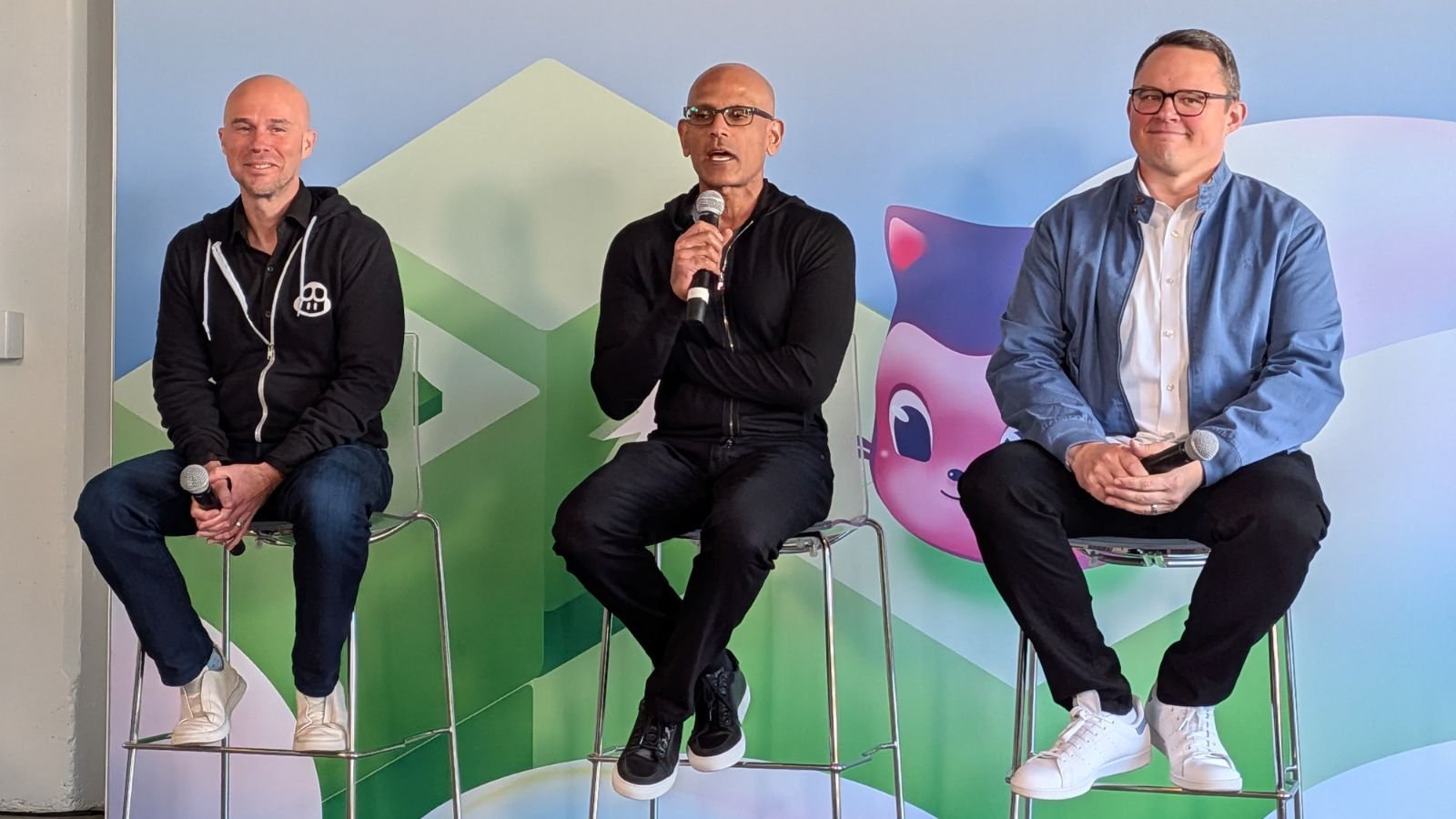As generative AI tools become one of the most significant changes in software creation since the rise of the personal computer, their impact can be felt in how both large and small tech organisations operate. The latest tech executive to echo this trend is Microsoft’s Jay Parikh, who has once again indicated that the artificial intelligence boom is not only changing the size and shape of the workforce at organisations but also how products are being developed.“There are some system changes here in terms of companies going through organisational change whether it be how they have organised things, how they incentivise, hire, and train employees, how they think about product development, or how they may think about should they be growing, staying flat, or shrink,” Parikh said in a closed-door briefing with select journalists at the GitHub Universe event in San Francisco this week.
Parikh avoided using the term “layoffs”, but said companies are still “learning” and “figuring things out” as artificial intelligence, which Silicon Valley sees as the next major technological revolution, is dramatically changing organisations.
Story continues below this ad
Parikh, a former top engineering executive at Meta, was hired by Microsoft CEO Satya Nadella last year. Earlier this year, he was announced as Microsoft’s Executive Vice-President of CoreAI, a new engineering team responsible for AI initiatives across the company. He also oversees GitHub, which now operates as part of Microsoft’s CoreAI group.
Disruptions caused by AI
At major organisations worldwide, especially in the tech sector, several companies are reducing their workforces due to the adoption of AI. These job cuts are affecting white-collar workers in HR, marketing, sales, and engineering divisions — roles that were once considered high-paying.
A recent Stanford study suggests that the impact of AI may hit harder on younger workers, especially in coding and customer support roles.
This year, more companies are shifting toward a model where AI agents operate as autonomous colleagues rather than requiring constant human supervision. (Image credit: Anuj Bhatia/Indian Express)
This week, Amazon announced it had begun a reorganisation that will result in the elimination of 14,000 roles worldwide, citing AI as a key factor. Amazon joins other major companies in attributing recent job cuts to the use of AI. Walmart has also recently indicated that it intends to maintain its headcount at current levels over the next several years, primarily due to the impact of AI. Salesforce recently reduced its workforce by 4,000, citing “the benefits and efficiencies” brought by AI.Story continues below this ad
One might question whether AI is bringing significant benefits, leading to layoffs becoming necessary. That remains unclear, but more large companies are now using, investing in, and measuring the business impact of generative AI, which suggests that the size and structure of their workforces are about to change, if they haven’t already.
‘More time on creative and ideation side’
Ever since the launch of OpenAI’s ChatGPT a few years ago, the AI chatbot has introduced consumers to a new way of interacting with technology by simply providing a prompt and receiving information about almost anything. It has since made its way into enterprises, with companies deploying customised AI agents to automate functions in customer support, marketing, coding, and across many domains.
It’s not hard to see why Microsoft is turning to GitHub, which now boasts 180 million developers, to increase the adoption of AI agents across enterprises. In fact, Microsoft wants GitHub to become the central platform for AI coding agents. Its new Agent HQ interface allows external coding assistants, including OpenAI’s Codex and Anthropic’s Claude Code, to plug into the GitHub ecosystem.
Microsoft and the entire tech industry are promoting AI agents as the most critical AI tools for businesses. These agents can automate complex routines, solve multistep problems, and handle large volumes of work in structured tasks such as computer programming, and document processing.Story continues below this ad
As more organisations deploy armies of AI agents at scale, these agents work on their behalf, much like interns. However, the concern is that as demand for AI agents grows, these systems can now make sales calls and write software code — tasks once reserved for humans.
The question is, if AI systems start writing code and building software, who will fill those roles when entry-level engineers are cut off and no longer get the opportunity?
“I believe that the notion and definition of developers is going to change radically. I think we are going to see a lot more people able to build within any team, whether it’s a team of four or a team of 40,000; it doesn’t matter. I think the focus will be on how we use these superpowers – the capabilities of these agents and tools, and how quickly we can create things to reduce toil. This will allow us to spend more time on the creative and ideation side, and to be able to burn down backlogs much quicker,” Parikh said, responding to how the role of developers will evolve.

